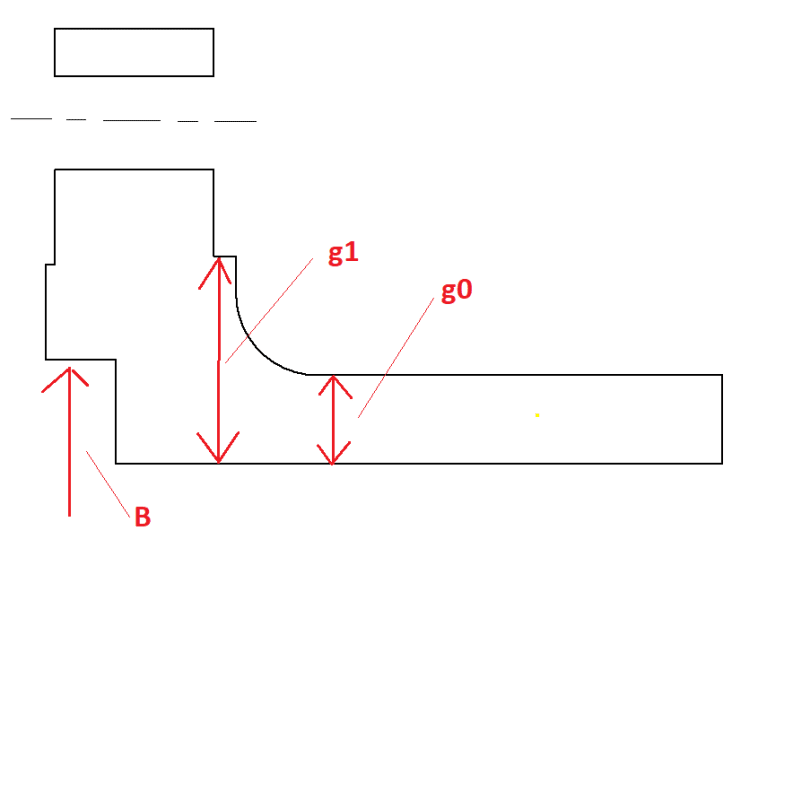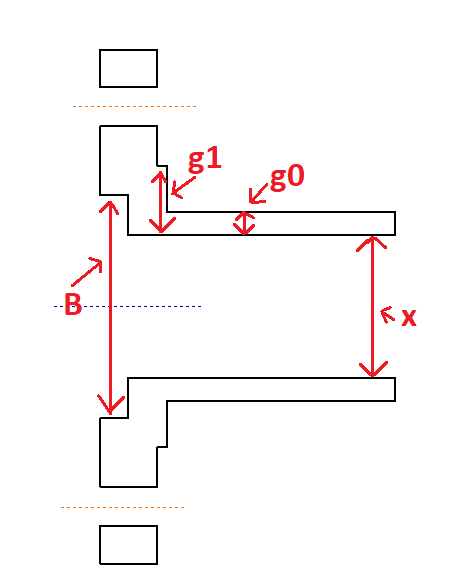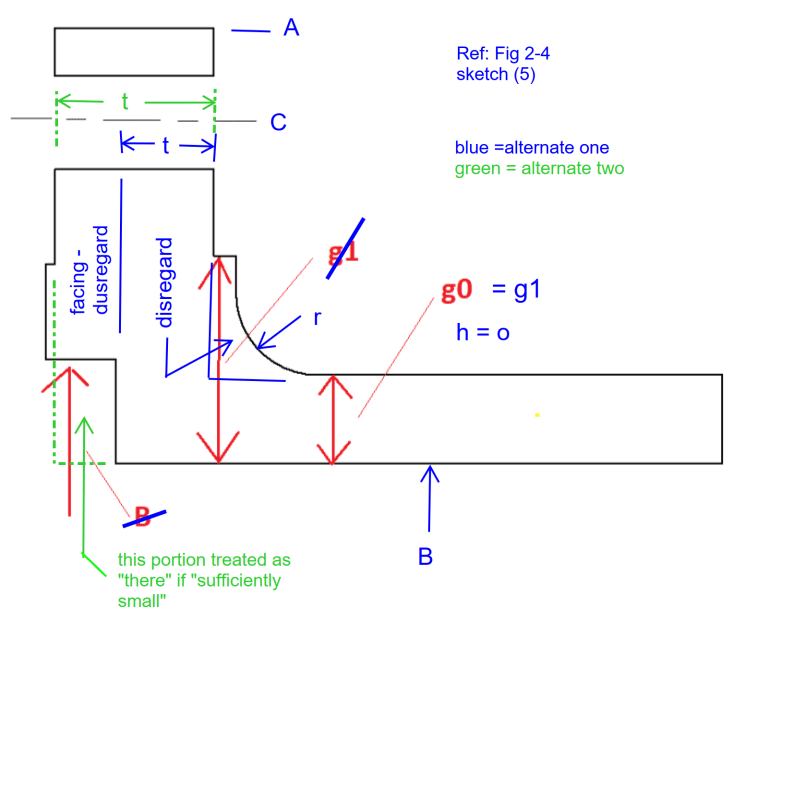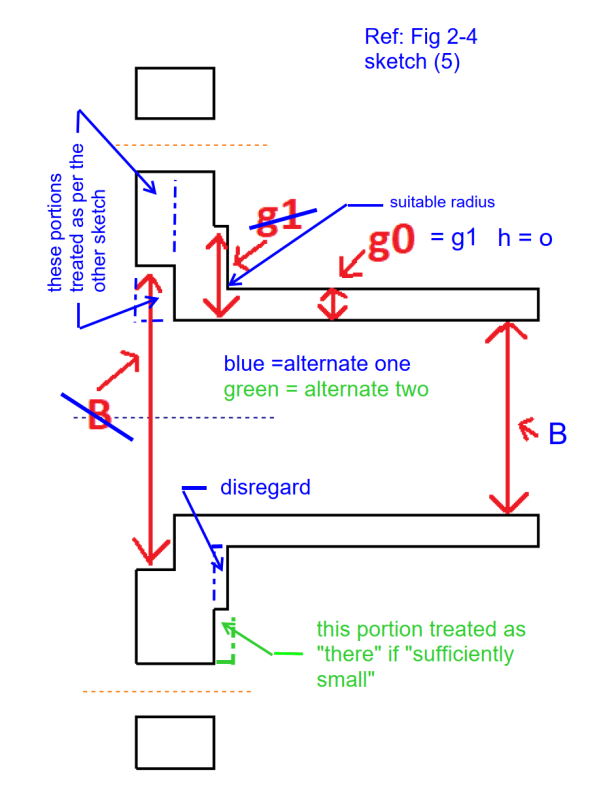Tomthumb67
Mechanical
- Aug 6, 2020
- 13
Hi,
I want to make sure my assumptions are correct, is it wrong what I have considered for my inside diameter for the flange value "B", and for the hub thickness "g0" and " g1"?.

I want to make sure my assumptions are correct, is it wrong what I have considered for my inside diameter for the flange value "B", and for the hub thickness "g0" and " g1"?.




